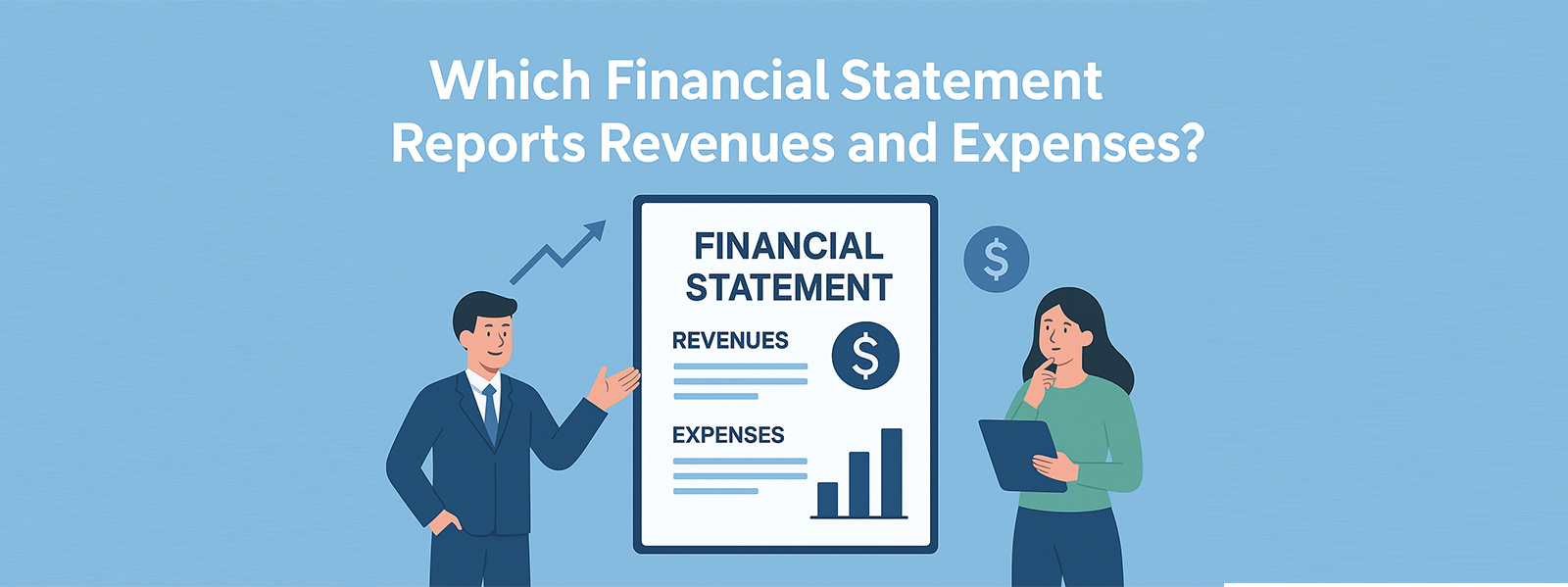Effective spend management is crucial for effectively monitoring the financial health of an organization and ensuring operational efficiency. Spend management involves tracking, controlling, and optimizing financial activities, costs and expenditures to minimize waste.
This blog sets out a checklist to guide you through the process of selecting the ideal spend management solutions which align with your business needs and objectives.
Understanding Spend Management
Spend management means adopting processes, tools and systems used to monitor and manage company spending, including procurement costs, expense management, and supplier relationships. It provides visibility into the spending patterns, areas where costs can be controlled and financial efficiency can be enhanced. Choosing the right spend management software is critical as it directly impacts your organization’s ability to manage resources effectively and ensure cost savings.
Key Considerations
Several factors must be taken into account when selecting a spend management solution to ensure you make an informed decision:
1. Cost-Effectiveness
- Budget: Evaluate the cost of the software based on the organization’s budget and the value for money it is likely to provide. Costs include the upfront costs of procuring the software and ongoing expenses for maintenance and upgrades.
- Return on Investment (ROI): Assess the potential ROI by considering how the software can help you save money, improve efficiency, and streamline processes.
2. Features and Customization
- Core Features: The software should include essential features like expense tracking, procurement management, vendor management, and reporting.
- Customization: Select a software which offers customization options for the specific needs of the business.
3. Integration
- Existing Systems: Check the compatibility of the spend management software with the systems the business already adopts like ERP, accounting software, and HR systems for a seamless integration.
- Data Transfer: Evaluate how easily data can be migrated from your existing systems to the new software and select a software which supports the most efficient transfer.
4. Scalability
- Flexibility: The software should be able to adapt to changing business needs and processes.
- Growth: Consider whether the software can scale and adapt with your business i.e., can it accommodate more users, handling larger volumes of data, and supporting additional functionalities?
5. User-Friendliness
- Ease of Use: The software should be intuitive, user-friendly and easy to navigate for all users, including those who are not tech-savvy.
- Training: Consider the availability of training resources / manuals provided by the software providers and the customer support to help your team.
Steps to Choosing the Best Solution
1. Assessing Your Current Needs and Challenges
Identify the current spend management challenges and requirements of the business. This involves understanding spending patterns, inefficiencies, redundancies, and determining what features are required to eliminate the problems which were flagged.
2. Researching Available Solutions
Conduct in-depth research on the available spend management solutions and compare the features provided by different softwares. For this prupose, online resources, industry reports, and vendor websites will prove to be useful to gather information about different options.
3. Comparing Features and Benefits
Create a comparison matrix to evaluate the features and benefits of different spend management solutions. Consider how each solution aligns with your key considerations such as cost-effectiveness, customization, integration, scalability, and user-friendliness.
4. Reading Reviews and Seeking Recommendations
Look for reviews and testimonials from other businesses which have used the softwares you are considering. Seek recommendations from industry peers, professional networks, and online forums to get unbiased opinions and insights.
Implementation and Support
1. Planning for Implementation
Develop a detailed implementation plan that outlines the steps, timeline, and resources required to deploy the new spend management solution. This plan should include data migration, system integration, and user training.
2. Evaluating Customer Support Options
Assess the customer support options provided by the software vendor. Ensure that they offer reliable support channels such as phone, email, and live chat. Additionally, check if they provide ongoing training and resources to help you maximize the software’s potential.
Conclusion
Selecting the right spend management solution is a critical decision that can significantly impact your business’s financial efficiency and cost control strategies. By following this checklist, you can make a well-informed choice that aligns with your needs and goals.
ExpenseVisor provides expense report management solutions with more than 100 configurable options which can be tailored to the needs of your business for an excellent business expense reporting experience for small to mid-sized enterprises. The software is easy to use and is guaranteed to save your finance team some valuable time.
Read More: The Ultimate Guide To Small Business Travel Management




